Vintage Tribal Kilim Runner 3' x 10' 7" (36" x 127")
Type:
Kilim RugsCollection:
Tribal RunnersID:
K0077544Size:
Material:
The designs feature a rich array of symbols representing tribal culture and Anatolian motifs, often in the form of medallions, diamonds, and other geometric shapes.
The designs feature a rich array of symbols representing tribal culture and Anatolian motifs, often in the form of medallions, diamonds, and other geometric shapes. These kilim runners are ideal for hallways and narrow spaces, offering a touch of ethnic charm and artisanal quality to any interior.
Herki kilims not only serve as functional floor coverings but also as artistic expressions of tribal identity, making each rug a unique cultural artifact.
Design Elements
- Geometric Patterns: The rug features a series of intricate geometric shapes, including diamonds and triangles, which contribute to its dynamic visual appeal.
- Repetitive Motifs: The repeating patterns create a rhythmic flow that enhances the overall design. This repetition symbolizes continuity and tradition.
- Symmetry: Many of the designs exhibit symmetrical balance, reflecting the importance of harmony in tribal cultures.
Colors
- Warm Tones: The predominant use of warm colors like reds, oranges, and pinks promotes feelings of warmth and comfort.
- Earthy Shades: Neutral colors such as browns and creams ground the design, linking it to nature and the earth, which is an essential aspect of tribal life.
- Contrasts: The strategic placement of cooler tones like mint green and gray balances the composition, creating visual interest and depth.
Main Motifs and Their Symbolism
- Diamond Motif: Often symbolizes wealth and prosperity, representing the interconnectedness of life and nature.
- Triangle Shapes: Representing mountains, they signify strength, stability, and resilience in the face of adversity.
- Cross Shapes: These motifs illustrate unity and the convergence of different cultures and traditions.
- Flowing Lines: Signifying water and the importance of fluidity, these lines highlight life's continuous movements and transitions.
Summary
The vintage tribal kilim runner showcases an array of geometric patterns characterized by warm and earthy colors, reflecting the aesthetic values and cultural significance of the designs. The main motifs convey messages of prosperity, stability, unity, and the essence of life’s transitions, firmly grounding the rug in its cultural heritage.
- Ships in 1-4 business days
- Only one in stock, handmade, unique
- Free shipping via FedEx Express. Easy returns
- Contact us or add a note to your order if you want us to delay your shipping.
- Request more info if you want this rug shorter or narrower
Colors may appear slightly different across various monitors due to screen settings device differences, and external lighting conditions. If color accuracy is important for your space, we recommend viewing the rug on multiple devices or contacting us for a detailed color description. We can provide detailed photos and references using Sherwin-Williams, Benjamin Moore, Pantone, or even Crayola crayons.
You can also visualize most of our products in your own room with AR (augmented reality) on an iPhone or iPad.
Return Policy
Need a rug pad? We recommend RugPadUSA
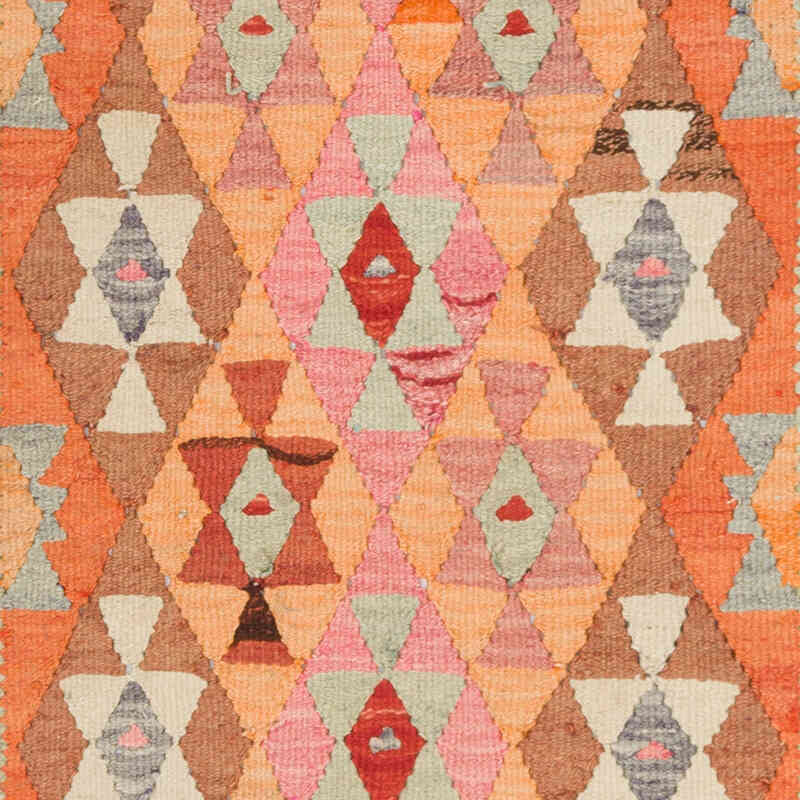
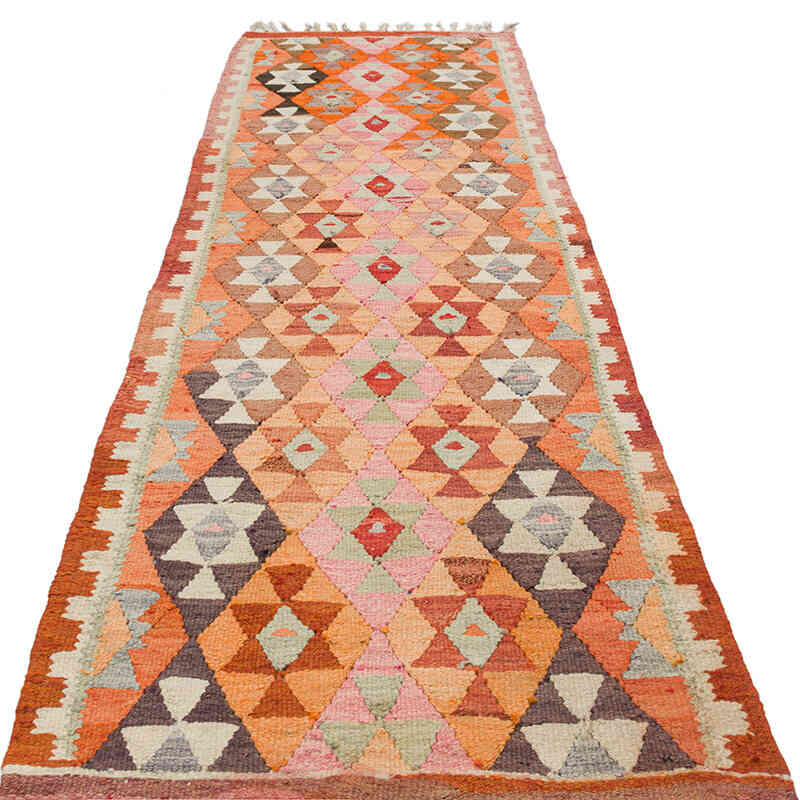
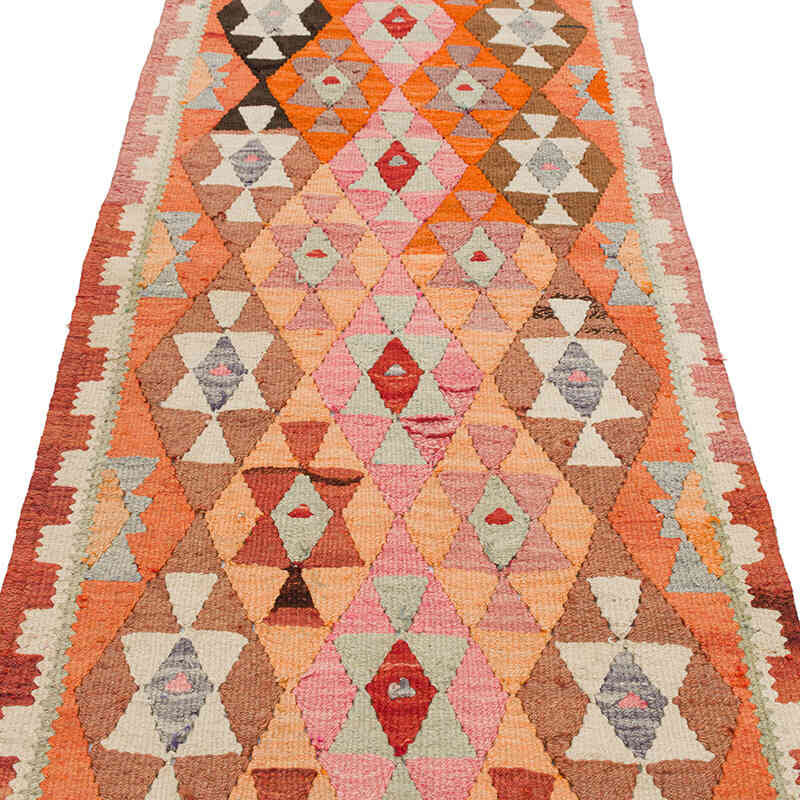
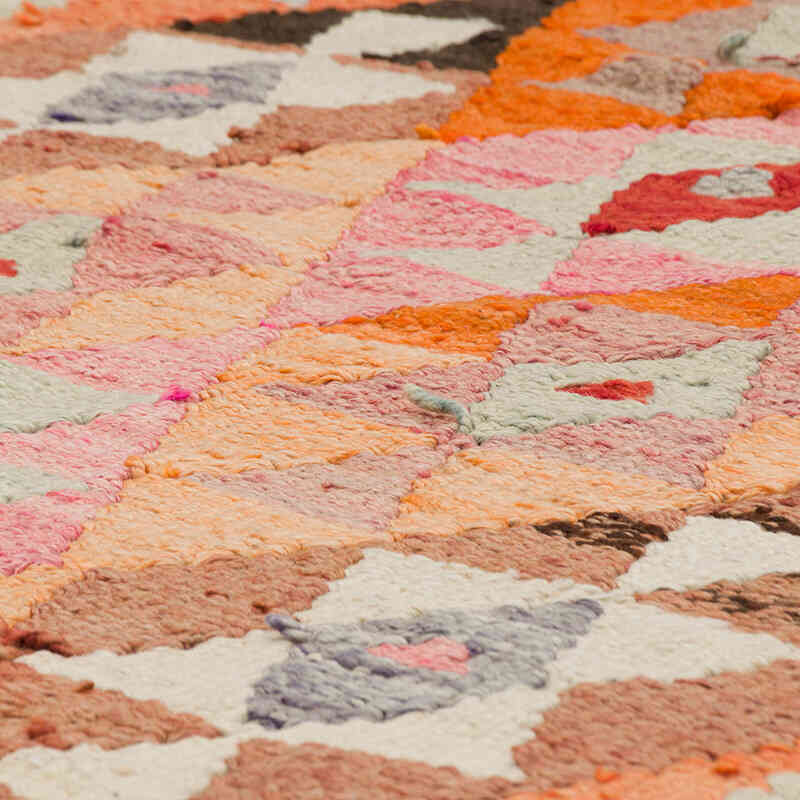
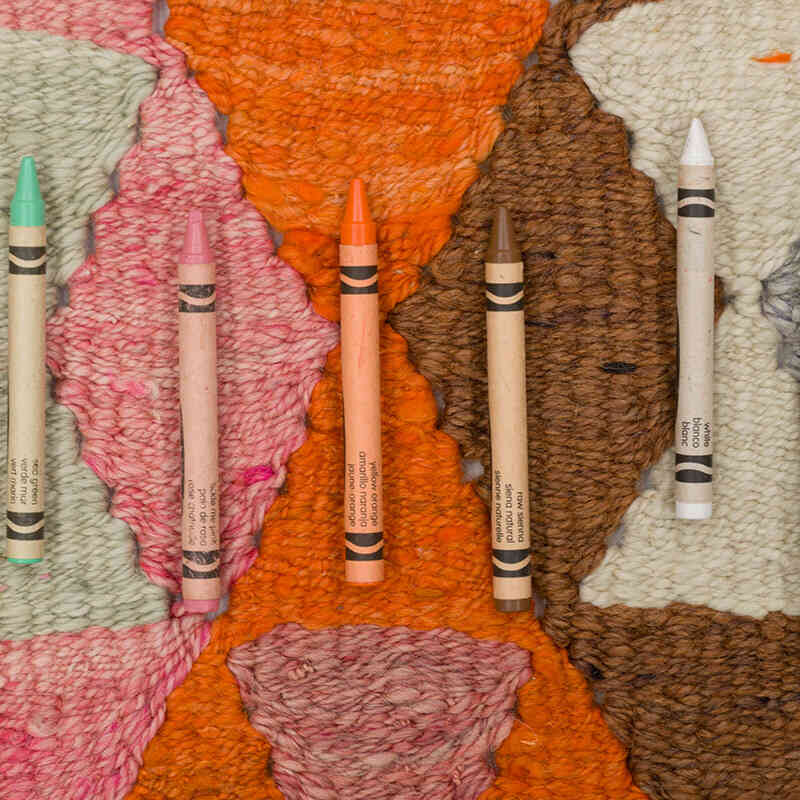
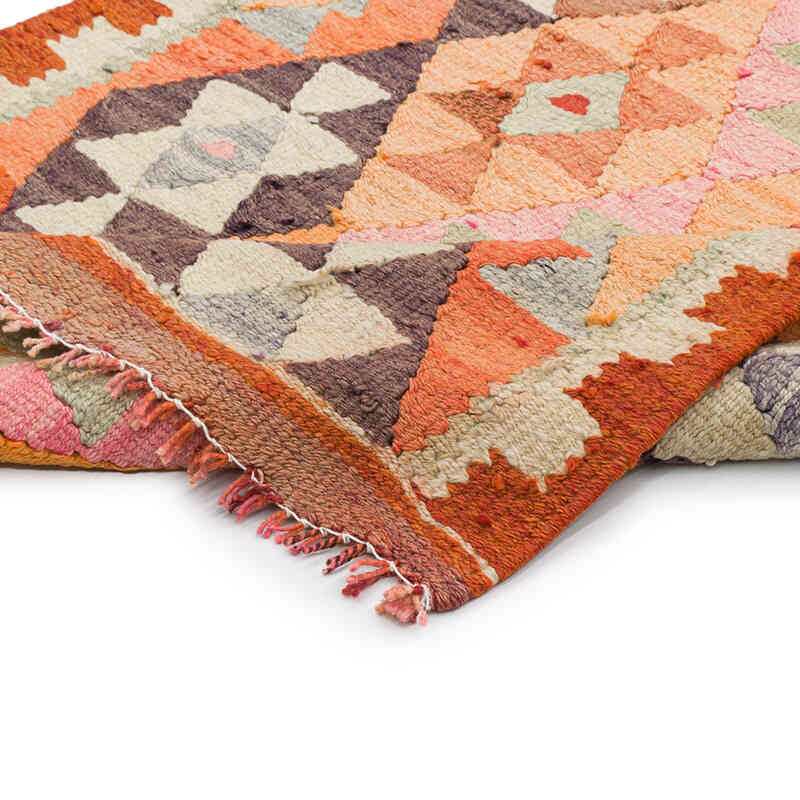


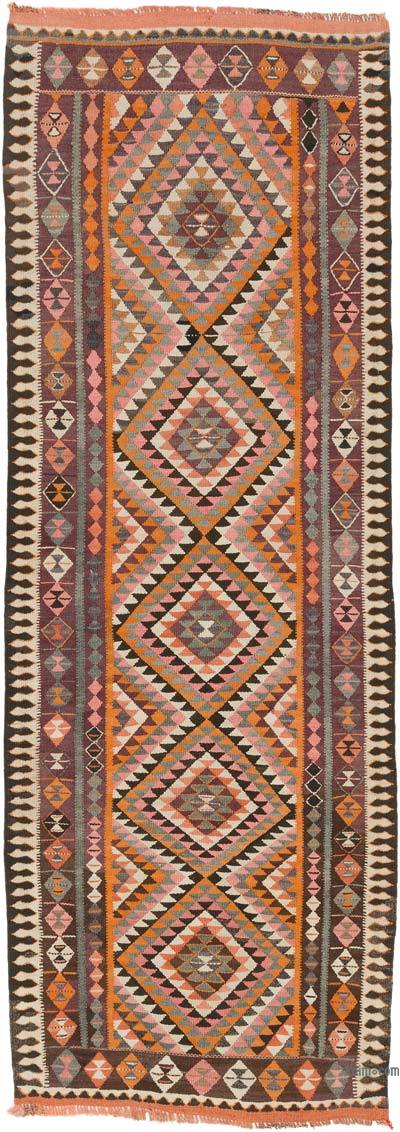














Happy!